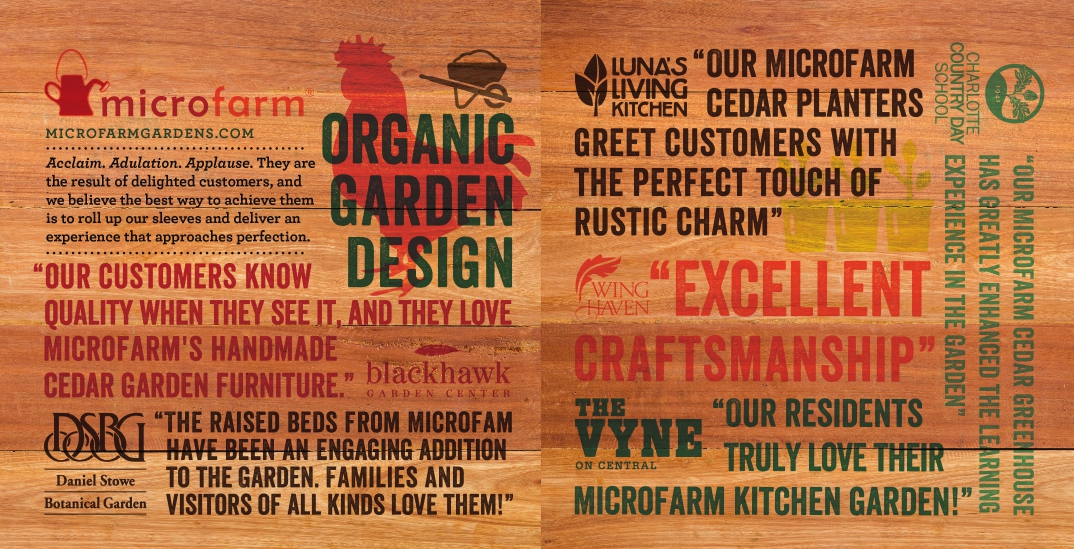How to Conserve Water in Your Garden
 Tuesday, May 19, 2015 at 7:51AM
Tuesday, May 19, 2015 at 7:51AM
In summer, it can seem like all the water in the Mississippi River still couldn’t keep your garden’s soil perfectly moist and plants happy. You carefully water in the cool mornings and evenings, yet your garden’s soil still seems to dry out too quickly. This challenge has more to do with water loss, and it's important to understand the three ways that plants and soil lose water.
EVAPORATION
Water evaporates from the soil surface on hot, windy and sunny days, and because of capillary action, evaporation from the surface can also draw water up from deep beneath the soil, depleting that as well. The best way to offset this is to place a three inch layer of organic mulch like compost, hay, leaves or grass clippings on the surface of the soil. A drip irrigation system buried a few inches below the soil surface will further reduce evaporation from the surface because it places water right at the root zone of each plant. Overhead sprinkler systems and hand watering with a hose are much less efficient because they wet a much larger area of the soil surface, allowing faster evaporation.
PERCOLATION
Organic humus actually attracts and holds water, and working plenty of it into your garden’s soil will reduce the amount of water that percolates, or flows down through the soil out of reach of plant roots. Water percolates fastest through sandy soil types, much slower in heavy clay based soils.
TRANSPIRATION
Plants lose water through their leaf tissue by transpiration, and misting certain varieties on hot, dry days can reduce the amount of water lost and reduce stress. Always mist plants in the morning or evening, never in the heat of mid day as the water can heat up and damage or even kill the plant. Alternatively, allowing plants to wilt for a few hours in the hottest part of the afternoon can also reduce the amount of water lost through transpiration.












